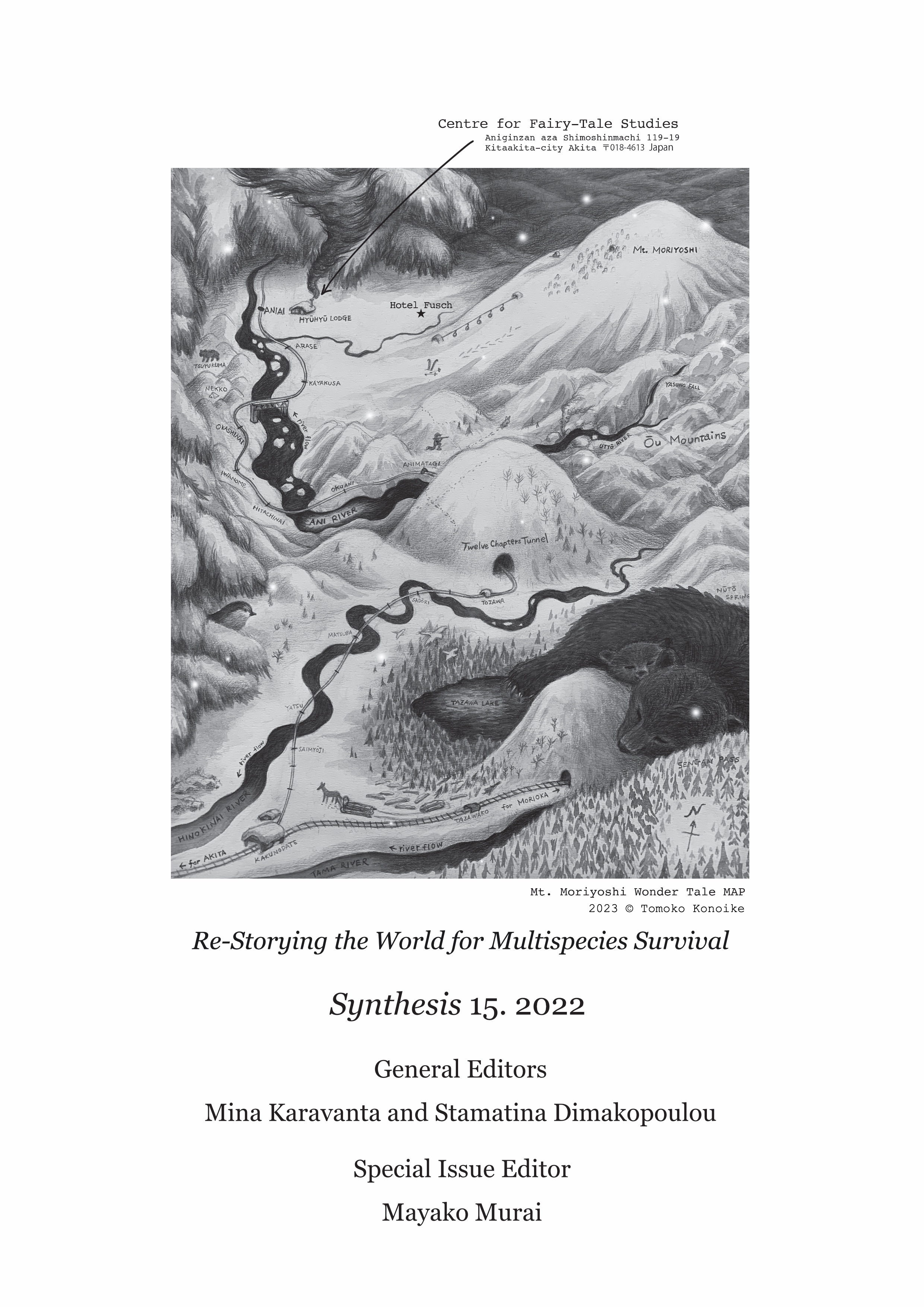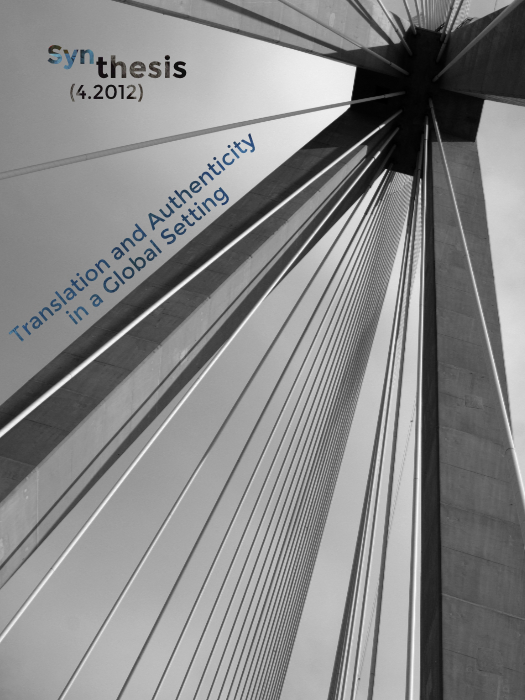Making a Multispecies Fairy-Tale Library
Аннотация
What kind of multispecies story-scape may emerge if we make a library of multicultural fairy tales by classifying them according to the experiences of other-than-humans? When re-classified from a multispecies point of view, the same old stories may reveal hitherto unnoticed narratives that have been unfolding in the more-than-human world. In this essay, I will first point out the anthropocentric biases in the tale classification system known as the Aarne-Thompson-Uther tale type index, which has been used widely by international researchers working on folktales and other kinds of traditional narratives. I will then explore the possibilities of repurposing the existing classification system for designing a new framework that would better reflect other-than-human worldviews by shifting the focus from human-centred dramas to multispecies relationalities. Finally, I will explain my idea of making a Multispecies Fairy-Tale Library across different narrative traditions and suggest possible uses of this library for imagining a multispecies future.
Article Details
- Раздел
- Featured roundtable

Это произведение доступно по лицензии Creative Commons «Attribution» («Атрибуция») 4.0 Всемирная.
The copyright for articles in this journal is retained by the author(s), with first publication rights granted to the journal. By virtue of their appearance in this open access journal, articles are free to use with proper attribution. Synthesis retains the worldwide right to reproduce, display, distribute, and use published articles in all formats and media, either separately or as part of collective works for the full term of copyright. This includes but is not limited to the right to publish articles in an issue of the Journal, copy and distribute individual reprints of the articles, authorize reproduction of articles in their entirety, and authorize reproduction and distribution of articles or abstracts thereof by means of computerized retrieval systems.





